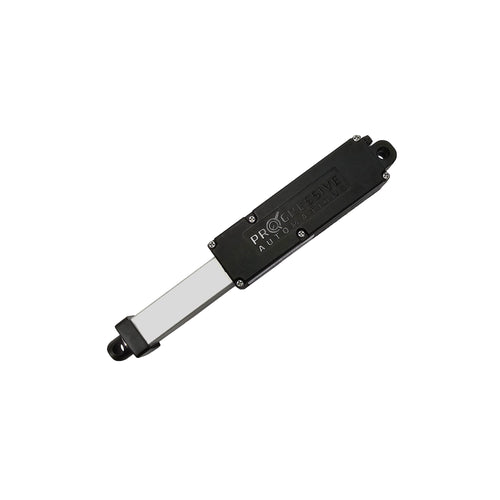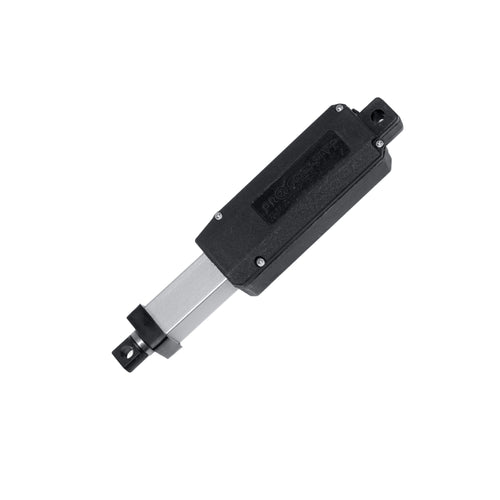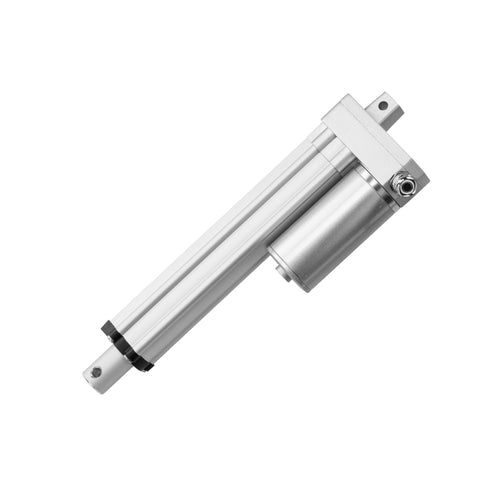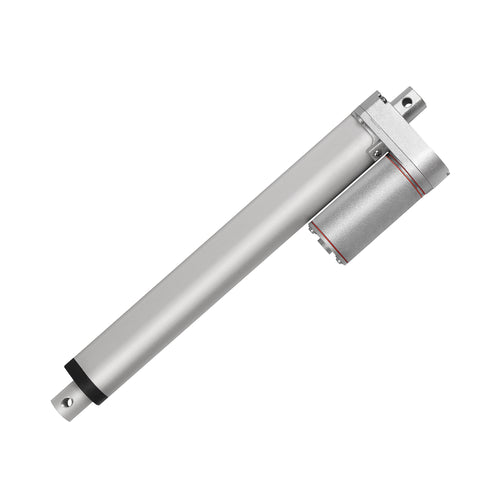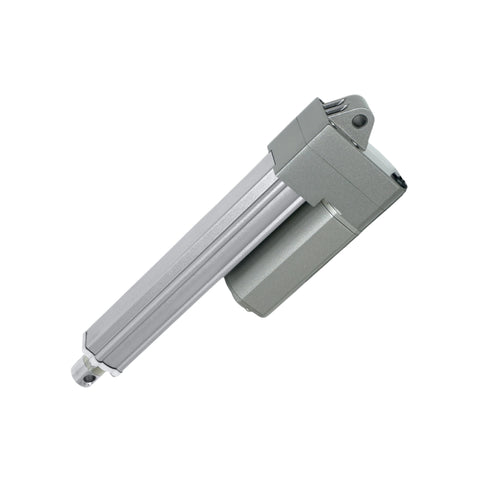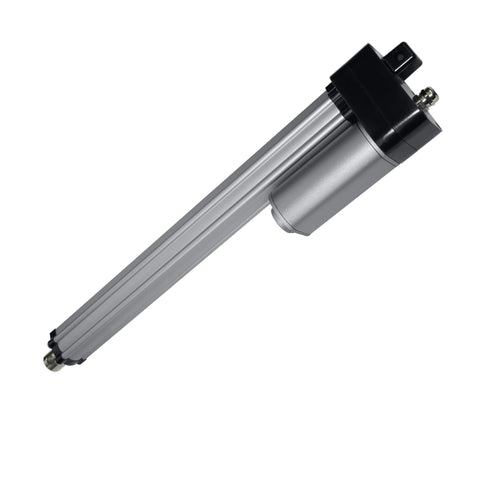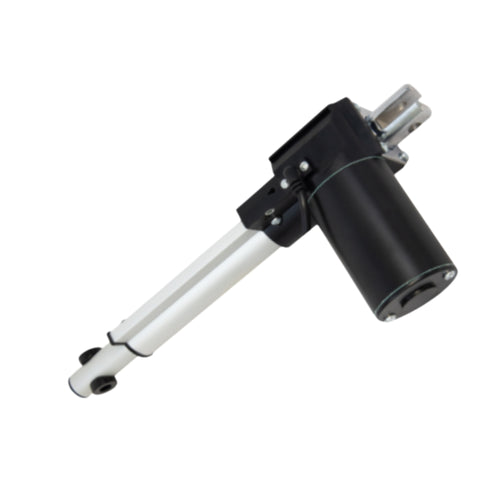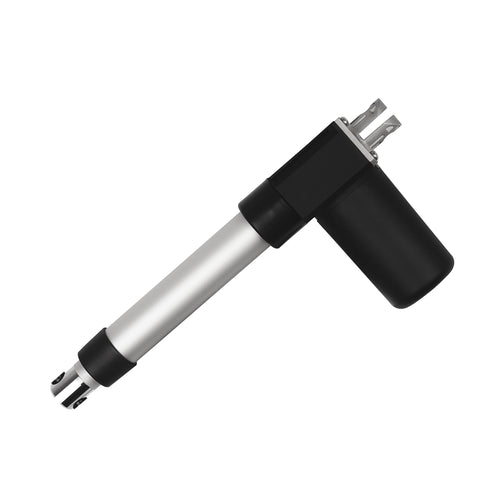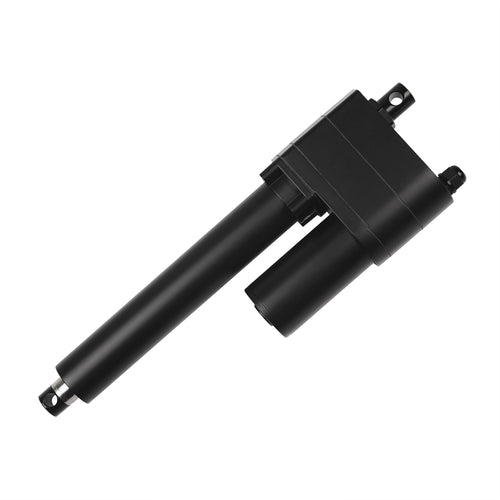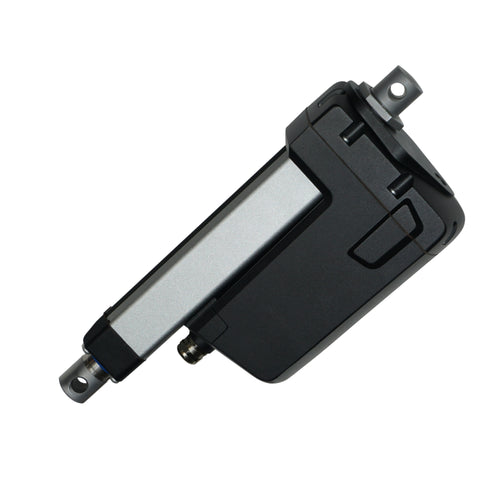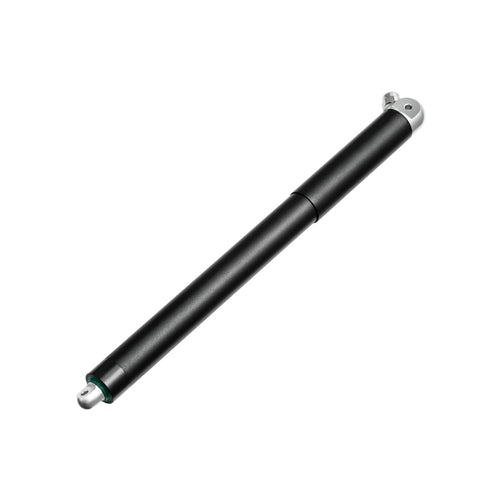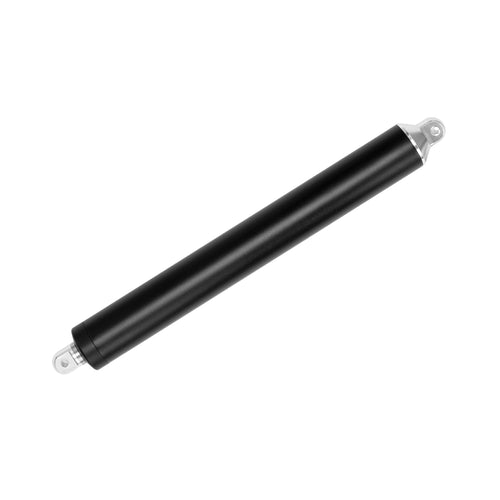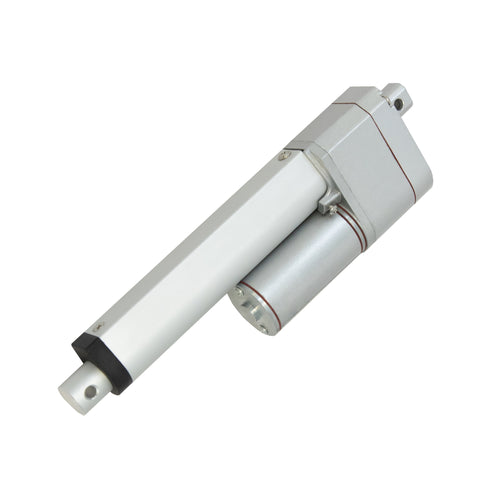Conditions
Number of Actuators
Voltage
Box Weight (lbs)
Recommended Products
Choose a product to see selected options

Finding the right linear actuator for your automation project can be challenging. Every motion system requires the right balance between force, speed, and stroke length.Our Linear Actuator Calculator simplifies this process by helping you calculate actuator requirements and match them to the most suitable model. Whether for home automation, industrial machinery, marine, or DIY setups, it provides fast and reliable actuator recommendations tailored to your needs.
The calculator evaluates key inputs — including lid weight, box dimensions, maximum opening angle, and number of actuators — to determine the required force, stroke, and speed.It factors in force vs. speed trade-offs, torque requirements, and feedback compatibility to provide accurate, physics-based reference results. This eliminates the need for manual calculations or extensive comparison between datasheets, giving you clear, actionable guidance.
- Saves Time: Quickly determine linear actuator requirements without complex formulas.
- Reduces Errors: Prevent underpowered or oversized actuators through accurate load calculations.
- Optimizes Motion: Achieve the best balance of force, speed, and stroke for your system.
- Versatile Applications: Ideal for DIY automation, robotics, industrial equipment, and adjustable furniture projects.
By using this actuator sizing tool, you can confidently select the actuator best suited for your automation project — improving reliability and efficiency in the long run.
- Enter Your Parameters: Input lid weight, maximum opening angle, and box dimensions.
- Estimate Suitable Actuator(s): The calculator determines the force and stroke required for your setup.
- Refine and Adjust: Modify actuator model, quantity, and mounting position to fine-tune your results.
- Review the Results: Ensure the recommended actuator meets your desired speed, IP rating, and voltage specifications.
With just a few inputs, you’ll be able to identify the right actuator for your motion system in minutes. Try the Linear Actuator Calculator now to find the ideal actuator configuration for your system.

You’ll need the weight of your lid or load, the maximum opening angle, the box or lid dimensions, and the number of actuators you plan to use.
The calculator provides reliable reference estimates based on mechanical principles. These results are ideal for early-stage design and prototype planning.
Yes. These tools are designed for versatility across a wide range of applications — from home automation and marine systems to robotics and industrial machinery. Whether your setup involves lifting or opening at an angle (such as lids or hatches) or vertical and horizontal load movement (like tables, doors, or platforms), the calculators help you determine the ideal actuator size and performance requirements for your motion system.
You can adjust input parameters such as stroke or force, or contact our team for assistance in selecting the right actuator for your load and torque requirements.
